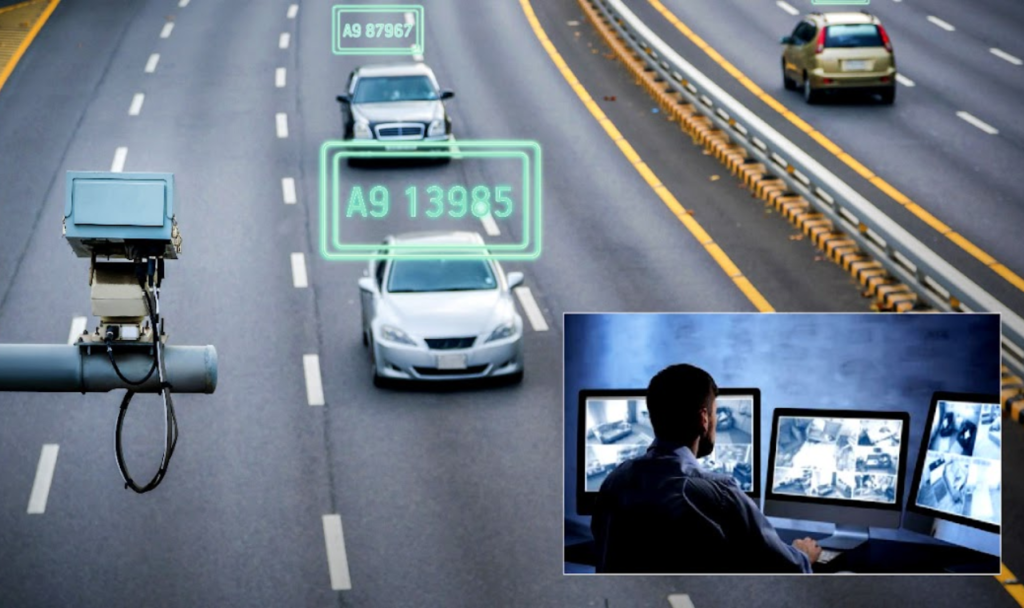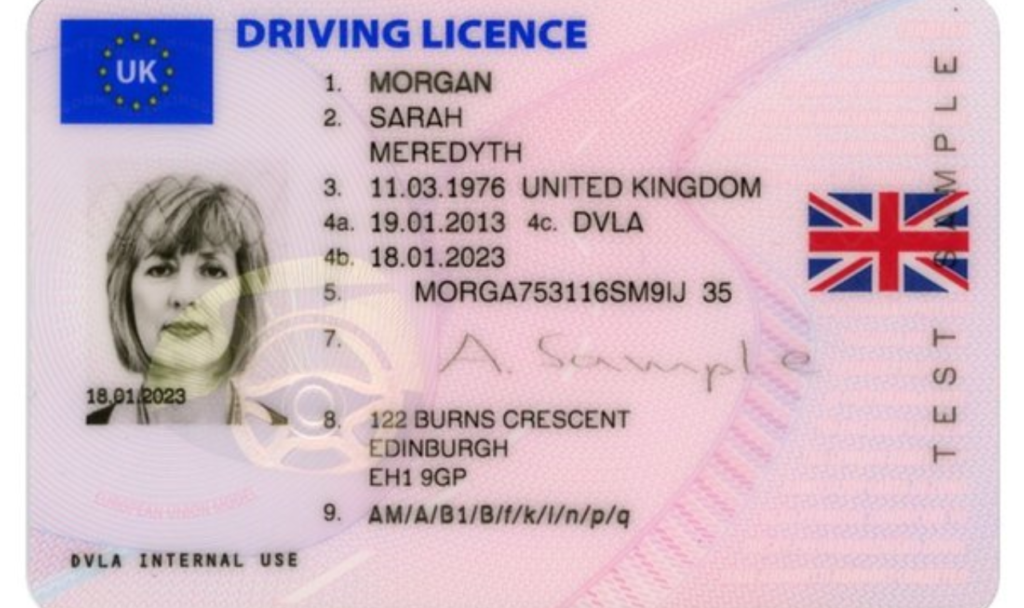The UK’s Driver and Vehicle Standards Agency (DVSA) has introduced major changes to the MOT testing process in an effort to improve vehicle safety, reduce fraud, and maintain roadworthiness standards. The new rules, which come into effect in phases throughout 2024 and 2025, include enhanced background checks for MOT testers, stricter vehicle inspection criteria, mandatory photographic evidence, and updated defect categorization.
Stronger Background Checks for MOT Testers
From January 8, 2024, the DVSA has made basic Disclosure and Barring Service (DBS) checks mandatory for:
- New applicants who want to become MOT testers
- Existing testers who want to add new testing groups
- Testers returning to the profession after a period of absence
This move aims to ensure that only individuals with a trustworthy and responsible background are permitted to carry out vehicle safety inspections. Drivers should take this as a reassurance that the professionals assessing their vehicles meet high ethical and professional standards.
Tighter Vehicle Inspection Standards
The MOT inspection manual has been updated with stricter testing criteria for several key vehicle components, set to take effect from December 1, 2024. The revised standards focus on:
- Braking systems – ensuring optimal stopping power
- Windscreen wipers and visibility – checking for clear vision
- Suspension systems – improving vehicle stability
- Seat belts and safety restraints – ensuring full functionality
With these changes, the DVSA aims to minimize road accidents caused by mechanical failures. Vehicle owners should be proactive in maintaining their cars to meet these stricter requirements before their next MOT test.
Introduction of Mandatory Vehicle Image Capture

One of the most significant updates is the introduction of vehicle image capture during MOT tests, set to begin in late February 2025. MOT testers will be required to:
- Take and upload photographs of vehicles in the testing bay
- Ensure the vehicle’s identity and presence are verified during the test
- Prevent fraudulent practices like “ghost MOTs” – where certificates are issued without actual inspections
This new step is part of a broader DVSA effort to curb MOT fraud and ensure that all tested vehicles truly meet safety standards. Drivers should make sure they visit authorized MOT test centers that comply with this new requirement.
Revised MOT Defect Categorization
The DVSA has refined how vehicle defects are categorized to make it clearer for drivers. The revised system, which comes into effect in 2024, classifies faults into three groups:
- Minor Defects
- Issues that do not significantly affect vehicle safety or emissions.
- The vehicle passes the MOT, but repairs are advised.
- Major Defects
- Faults that compromise safety, endanger road users, or impact the environment.
- The vehicle fails the MOT and must be repaired before driving.
- Dangerous Defects
- Issues posing an immediate risk to safety or the environment.
- The vehicle cannot be driven until the problem is fixed.
Drivers should review their vehicle’s MOT report carefully and address any issues promptly. More information is available on the MOT test results and defects page.
What This Means for UK Drivers

These MOT testing changes reflect the DVSA’s commitment to enhancing road safety, reducing fraud, and maintaining high testing standards. Drivers can take several steps to ensure they remain compliant:
- Stay Informed – Regularly check GOV.UK for updates on MOT rules.
- Maintain Vehicles – Conduct routine vehicle inspections and repairs before booking an MOT test.
- Choose Certified MOT Test Centers – Ensure the testing facility is DVSA-approved and follows the new guidelines.
Failure to comply with MOT requirements could result in fines of up to £1,000 for driving without a valid certificate, so staying prepared is crucial.
Conclusion
As these MOT changes roll out through 2024 and 2025, UK drivers should adjust their maintenance routines and be prepared for stricter testing protocols. While these updates may require additional effort, they ultimately contribute to safer roads and more reliable vehicles for all road users.

Pankaj Kumar is a journalist at Chandigarh X, covering admit cards, recruitment, and government schemes. His articles provide readers with detailed insights into application processes, eligibility, and exam updates.
Outside of work, Pankaj enjoys traveling, fitness, and cricket, often participating in local matches on weekends.



